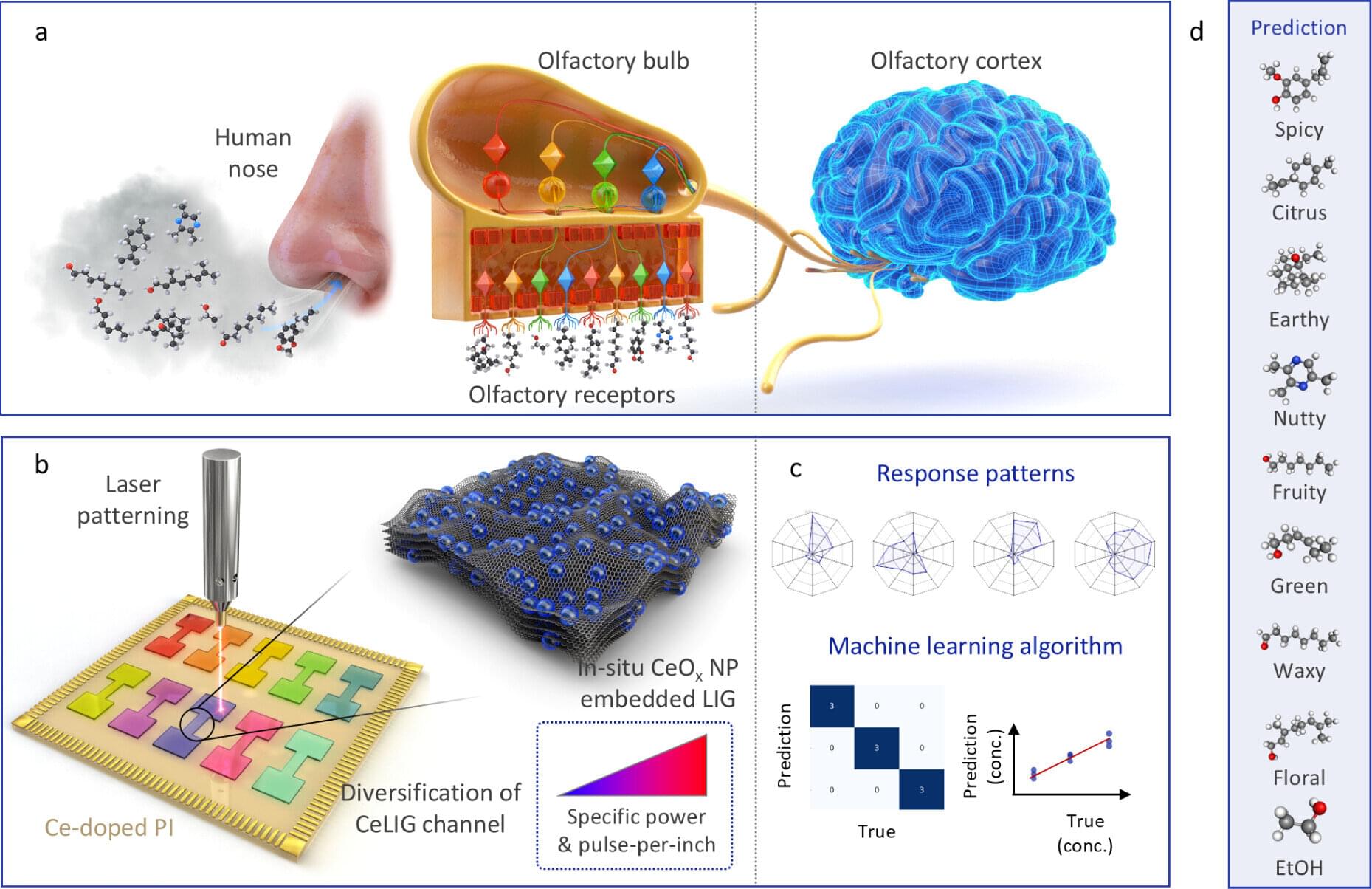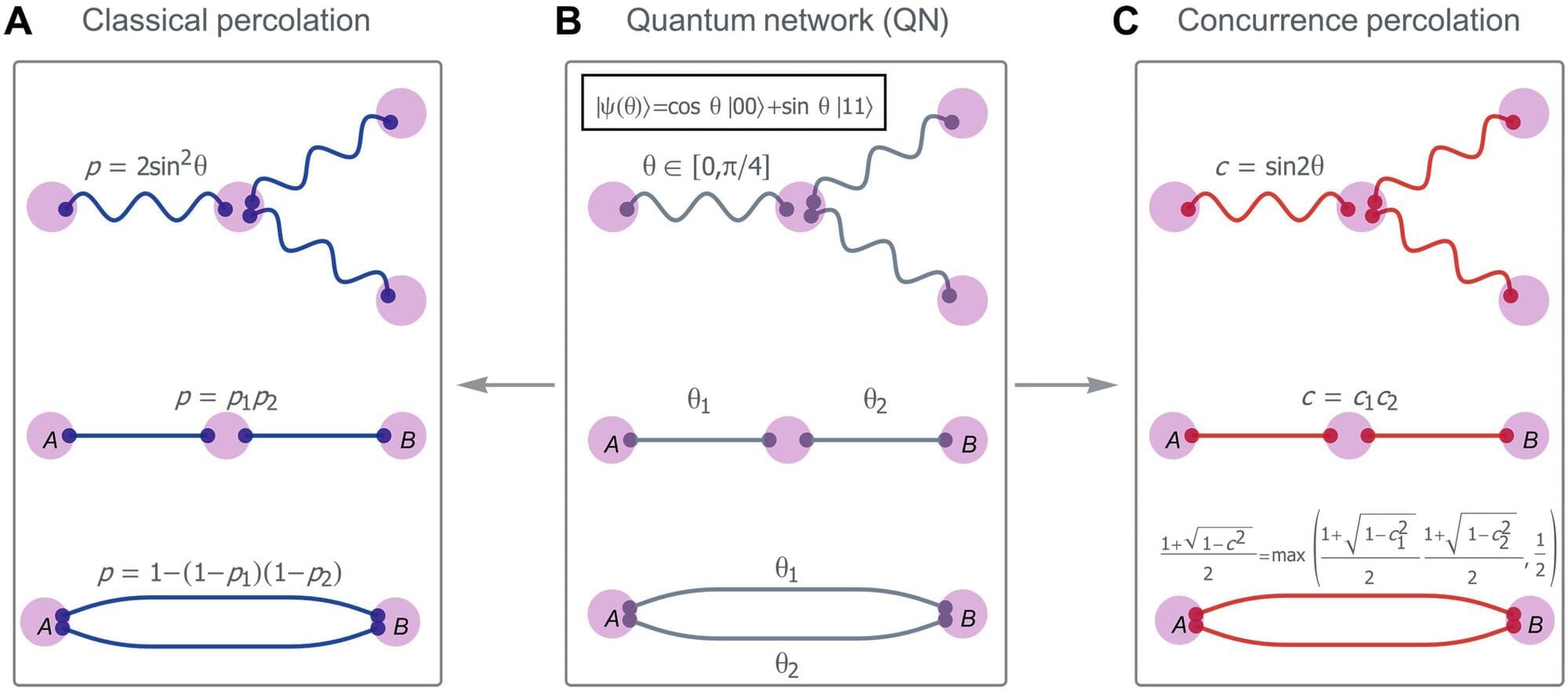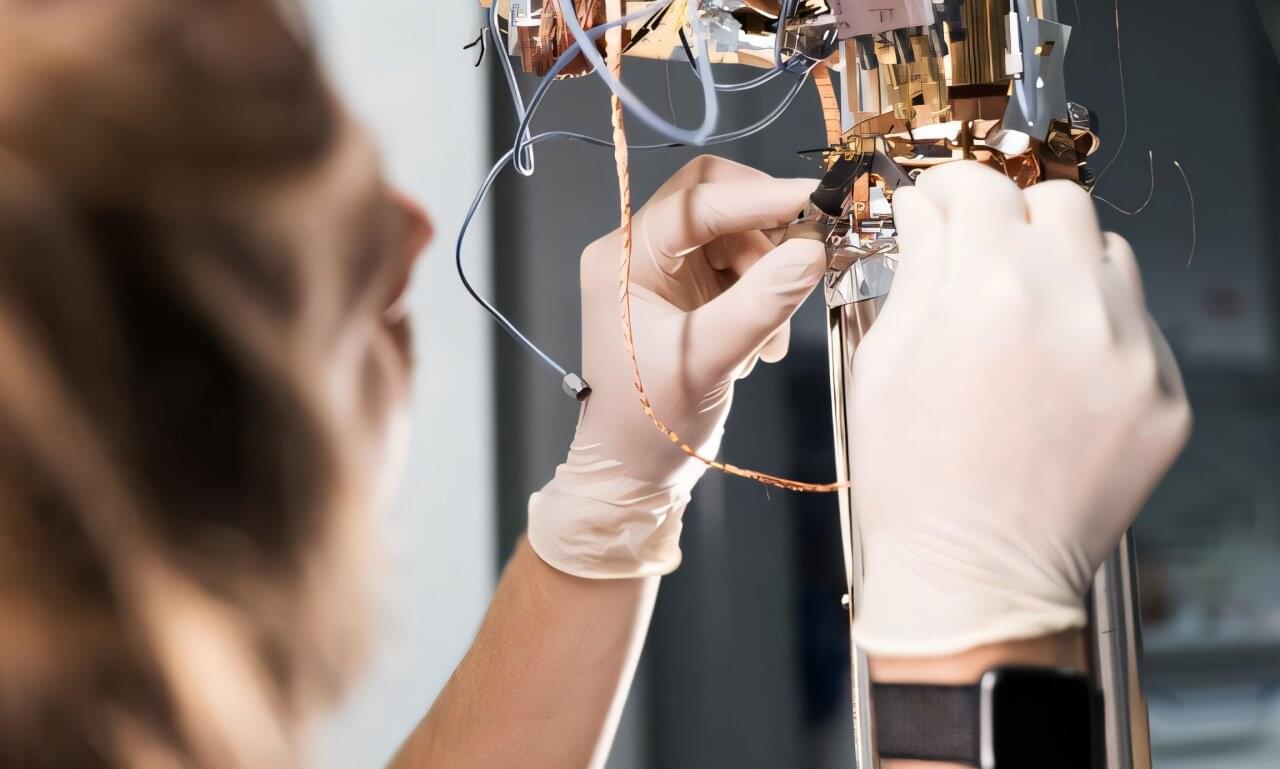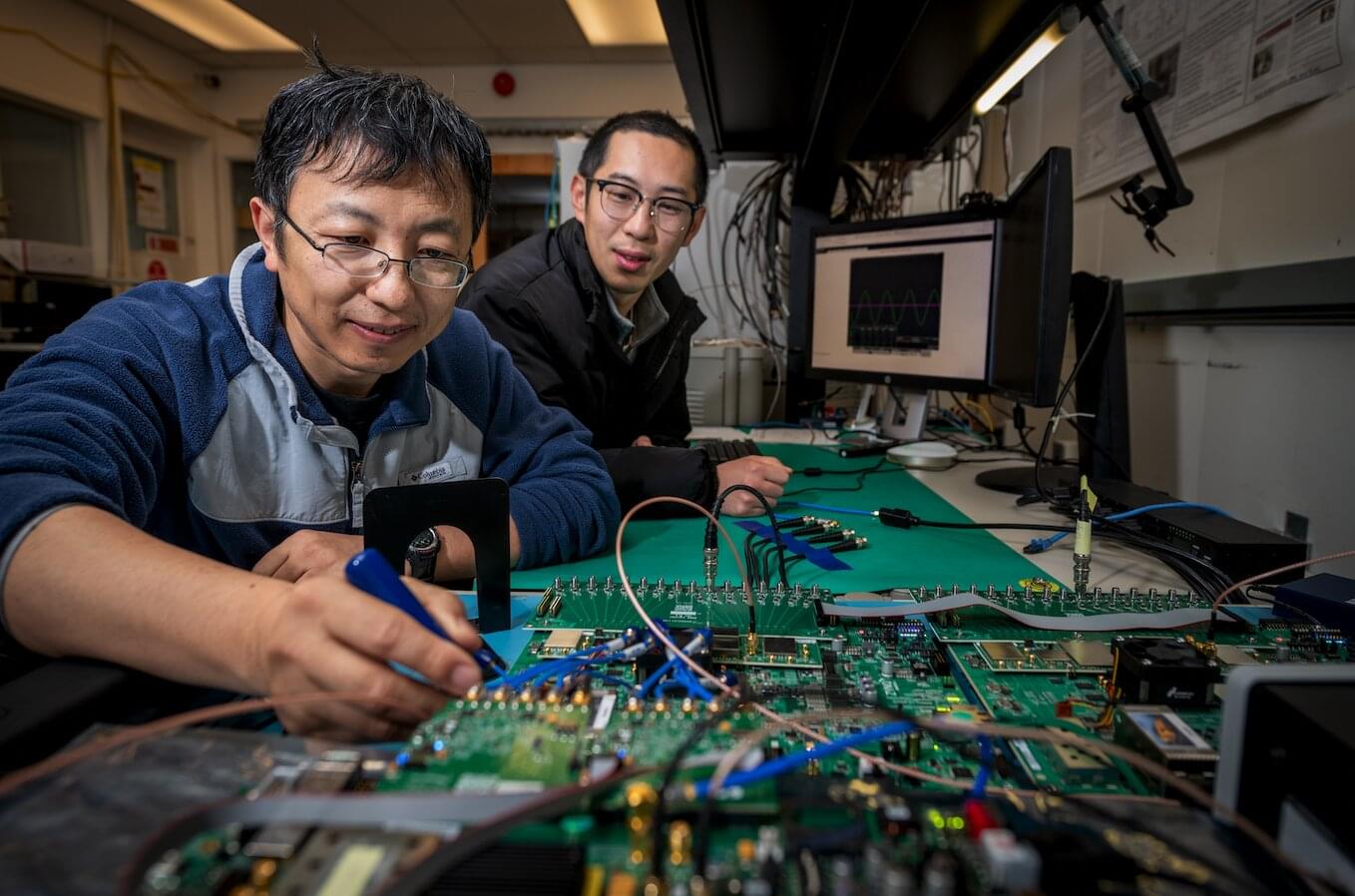A watched pot never boils, goes the old saying, but many of us have at least kept an eye on the pot, waiting for the bubbling to start. It’s satisfying to finally see the rolling boil, behind which complex physical mechanisms are at play.
When this happens, the bubbles that form continuously change in shape and size. These dynamic movements influence the surrounding fluid flow, thereby affecting the efficiency of heat transfer from the heat source to the water.
Manipulating small amounts of liquid at high speeds and frequencies is essential for processing large numbers of samples in medical and chemical fields, such as in cell sorting. Microbubble vibrations can create flows and sound waves, aiding in liquid manipulation. However, the collective behavior and interactions of multiple bubbles is poorly understood, so their applications have been limited.





